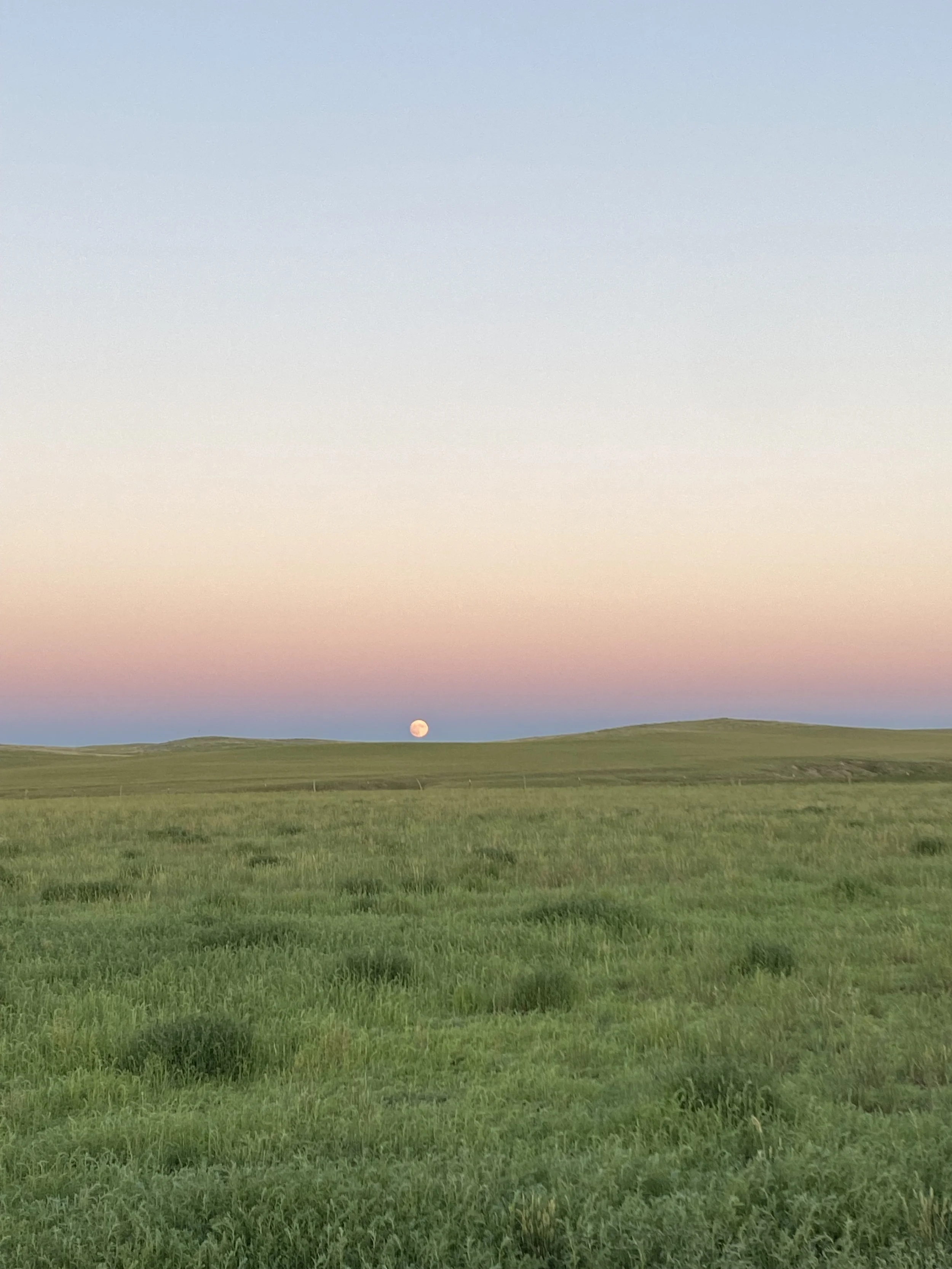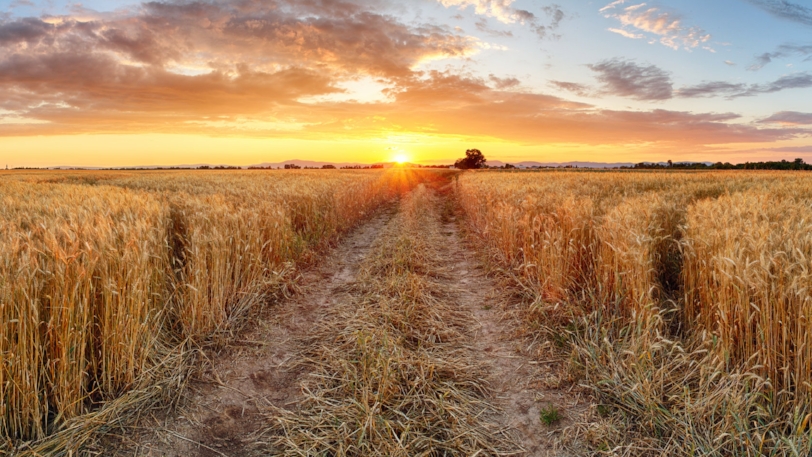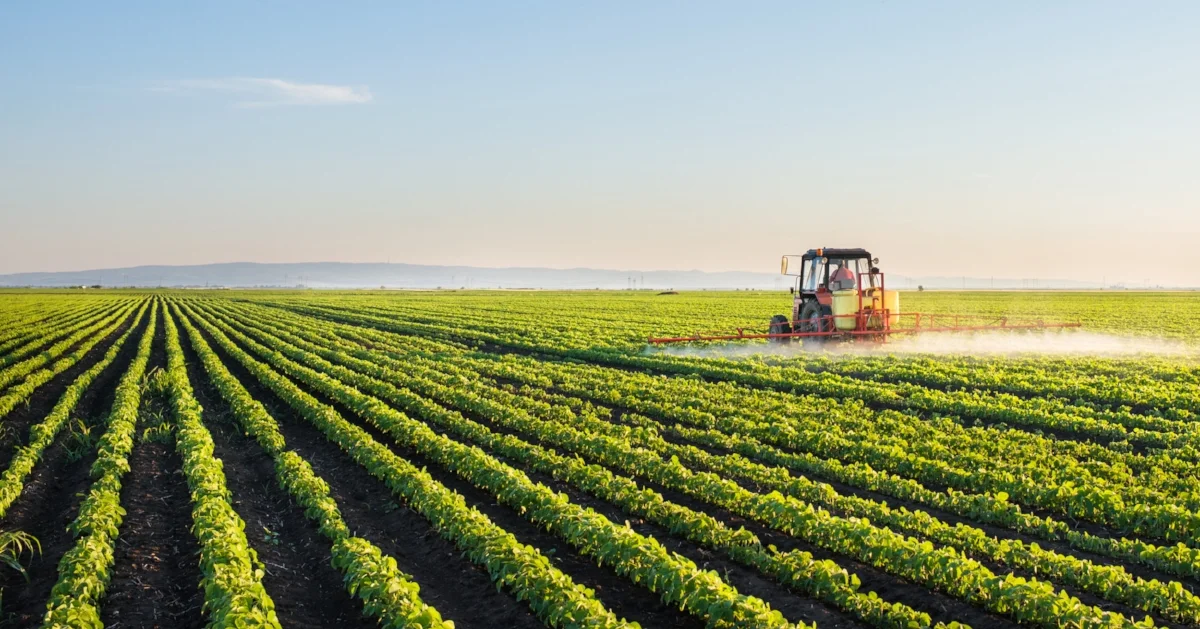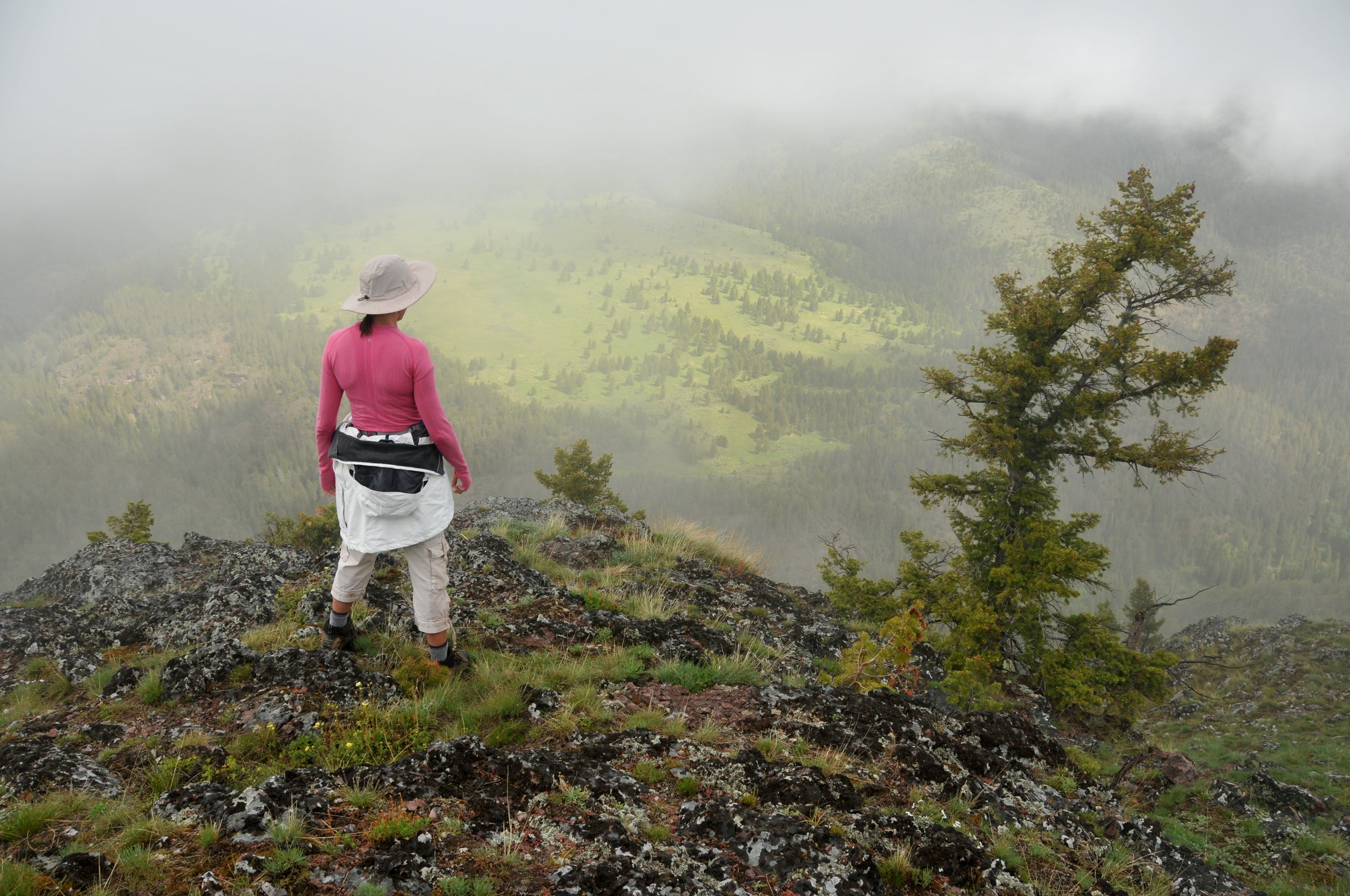Whether we are tackling questions like “How to strengthen the local food system” in Custer and Lemhi County Idaho or “How to create more equitable land access for producers while supporting added enterprises on the landscape” in North Central Montana or “How to create more housing opportunities to support the rural community, which the surrounding working lands depend on” in Petroleum County Montana, we are ultimately bringing together those that care for a place and asking them for the solution.
MOUNTAIN WEST LAND VALUES IN 2019
Each year the USDA, through the National Agricultural Statistics Service (NASS), reports on agricultural land values. Generally speaking farm real estate average values per acre have stayed relatively stable in New Mexico, Colorado, Montana, and Wyoming from 2015 to 2019. Across the Mountain Region, values have risen 8% over five years in large part due to a significant rise in values in both Idaho and Utah.
2018 USDA NASS FARMLAND VALUES MOUNTAIN REGION
EXPERIMENTS WITH BERRIES IN IDAHO & MONTANA
University extensions in both Idaho and Montana are experimenting with various varieties of berries in an effort to determine which berries, if any, can be grown successfully at a commercial scale in the Intermountain West. Extension research primarily aimed at answering questions of which plant cultivars are going to do well and fit their markets helps landowners potentially increase their likelihood of success.
AGRICULTURAL CASH RENT TRENDS IN IDAHO, OREGON, AND WASHINGTON
Each year the USDA NASS releases cash rent amounts by land use for various states and regions across the country. In Idaho cash rents for all land types, irrigated cropland, non-irrigated cropland, and pasture, posted declines from 2016 to 2017. In Oregon and Washington, cropland rents increased year-over-year, but 2017 pasture rents decreased from the previous year.
2017 FARM LAND VALUES ACROSS THE INTERMOUNTAIN WEST
Nationwide, farm real estate values average $3,080 per acre in 2017, up $70 an acre or 2.3 % from 2016. The Mountain region has the lowest farm real estate value at $1,130 per acre. The value of cropland in the same region increased 1.1% year-over-year to $1,780 and pasture land values rose 1.3% to $625 per acre in 2017.
NORTHWEST LAND VALUES FIRST HALF 2017
According to the latest release from Northwest Farm Credit Services, agricultural real estate values in Washington, Oregon, Idaho, and Montana, are stable and increasing through the first half of 2017. Despite weaker commodity prices and less than favorable weather patterns in parts of the northwest, the constrained supply of properties for sale has continued to stabilize land values.
MARKET SNAPSHOT OF NORTHWEST AG PROPERTY LAND VALUES
Northwest Farm Credit Services releases a Market Snapshot of land values quarterly. Their latest issue details market trends through 2016. The decrease in number of sales in 2013 - 2015 reflects constraints in supply rather than weak demand.
Across the region, demand remains strong for working ranches and good-quality agricultural properties due to a strong demand for grass and a limited inventory of good-quality properties. As is typical in the market, properties with premier recreational features or locales with limited private ownership are in highest demand.
CENTRAL IDAHO RANGELANDS NETWORK
As part of their devotion to "the inextricable link between the public lands surrounding our private working lands", the Lemhi Land Trust joined forces with The Nature Conservancy and Pioneer Mountain Group to create the Central Idaho Rangelands Network to encourage collaboration and rangeland monitoring across a large landscape with diverse public and private ownership in Central Idaho.
RANCHERS DISCUSS COLLABORATIVE APPROACH TO ADAPTING TO CHANGE
ADDITIONAL REVENUE STREAM FOR RANCHERS
National agriculture industry consulting and CPA firm K-Coe Isom recently announced a new program aimed to help ranchers generate revenue from conservation projects while simultaneously reducing the rancher’s inherent risk of testing and implementing such projects. Funded by the USDA Natural Resource Conservation Service (NRCS), the program is specific to ranchers whose property is located in priority sage grouse habitat or crucial mule deer winter range or designated mule deer migration corridors within Montana, Colorado, Wyoming, Idaho, Utah, Nevada, or California.
GREAT BASIN CONSERVATION COOPERATIVE
Focused on the Great Basin, one of 22 Landscape Conservation Cooperatives in North America, the Great Basin Landscape Conservation Cooperative (Great Basin LCC) represents a partnership among public and private groups. The Great Basin LCC supports landscape-scale conservation, promotes science, and enables management based on traditional knowledge and science so human and ecological communities can respond and adapt to climate and land use change.
THE HIGH DIVIDE COLLABORATIVE
The High Divide region of Idaho and Montana straddles the Continental Divide along the Idaho-Montana state line and is the center of connectivity between the Greater Yellowstone Ecosystem, the Crown of the Continent and the wilderness Central Idaho. Although the region only encompasses two states, it has continental significance because it houses headwaters for the Missouri and Columbia watersheds and it is a stronghold for wildlife that have disappeared from much of their historic range.
To protect this crucial area, the High Divide Collaborative is bringing stakeholders together to work collectively to conserve and restore lands of importance for local communities and to protect ecological integrity at the landscape scale.
IN THE FIELD
We are so excited about our work that we just can't keep it to ourselves. Soon we will be featuring #inthefield photo posts revealing glimpses of the projects we are contributing to and featuring the inspiring places in which we work. Follow Topos & Anthros on Instagram to keep up with what we're doing #inthefield!















